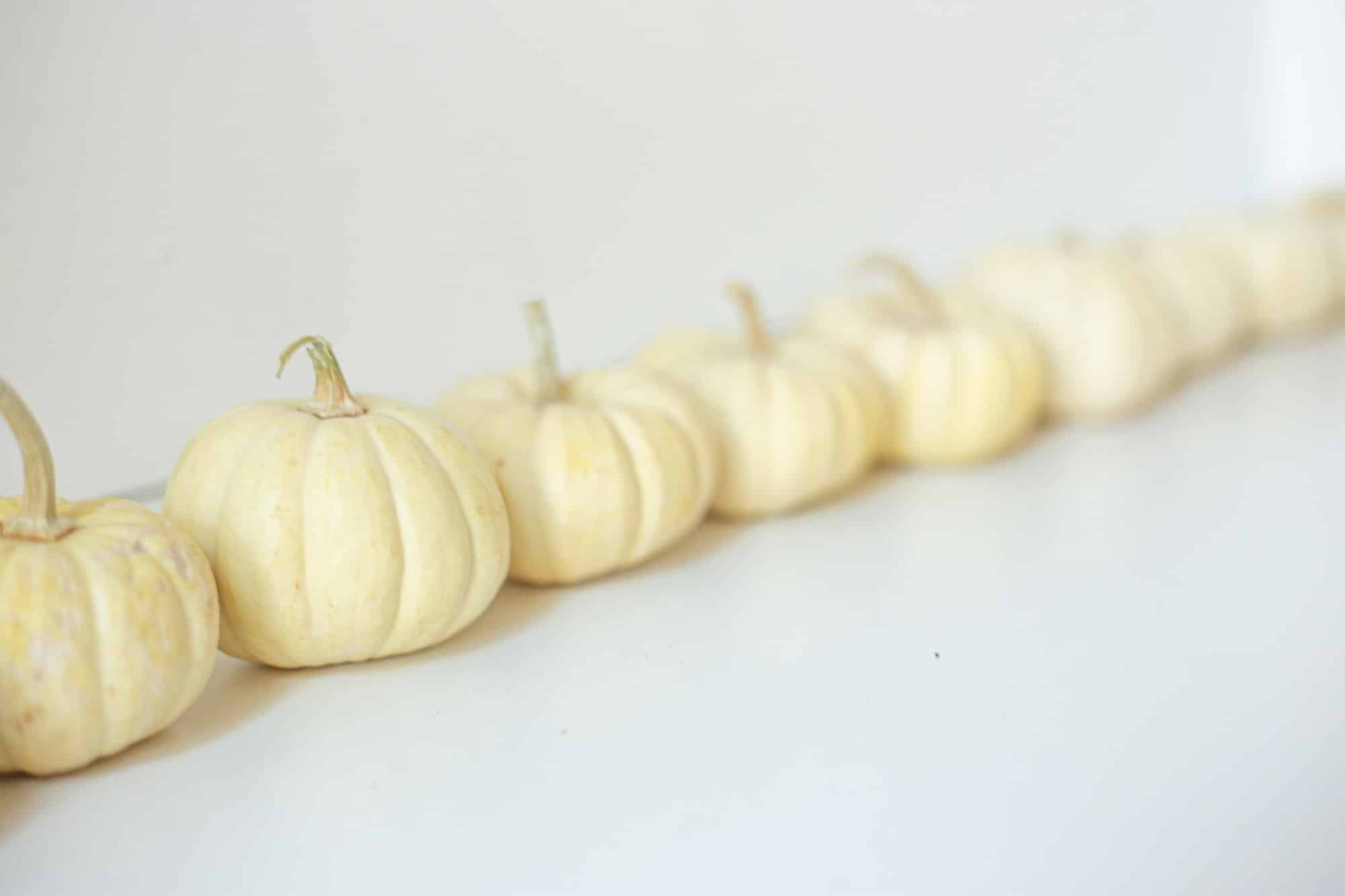How to Create a Living Room Centerpiece with a DIY Pallet Wood Coffee Table?

Coffee tables are an essential element in every living room design. They not only serve a practical purpose but also act as the centerpiece that draws the design of the room together. The rustic charm of pallet wood coffee tables has made them increasingly popular, providing a perfect blend of style, functionality, and sustainability. This article will guide you through an easy DIY project to transform reclaimed pallets into a stunning coffee table, adding a rustic touch to your living space.
Selecting the Right Pallets for Your Project
Before you begin constructing your coffee table, the first crucial step involves selecting the proper pallets. Not all pallets are created equal, and the type you choose will significantly impact the final result.
Dans le meme genre : How to Build a Space-Saving Fold-Down Desk in a Small Bedroom?
Selecting the right pallets is not a task to be taken lightly. The pallets should be in good condition, sturdy, and without any major flaws or cracks. The wood quality is significant, as it determines the durability and the final look of your coffee table.
Look for pallets made from hardwood, as they are more durable and resistant to damage. Additionally, hardwood offers a dense grain pattern, providing a more appealing rustic look. Avoid pallets that bear any stains or marks of spills, as these could indicate exposure to harmful chemicals.
En parallèle : How Can You Design a Home Wine Cellar for Optimal Temperature and Humidity Control?
It would also be beneficial to check whether the pallets have been heat treated. Heat-treated pallets are safer for indoor use as they are free from insects, molds, and fungi. You can easily identify them by the HT stamp on the pallets.
Preparing Your Pallets and Gathering Materials
Now that you’ve selected your pallets, the next step is to prepare them for the project. This involves cleaning, sanding, and cutting the pallets into the desired size.
Start by brushing off any dirt or debris from the pallets using a stiff brush. If the pallets are excessively dirty, consider hosing them down and leaving them to dry thoroughly. Once the pallets are clean, use a sander to smooth out any rough edges or splinters. Sanding will also prepare the surface for a finish later in the project.
Next, measure the desired size for your coffee table and mark it on the pallets. Using a circular saw, cut the pallets according to your marked measurements. For a standard coffee table, you might need more than one pallet.
Other materials you will need for the project include:
- Four table legs
- Wood screws
- Paint or stain (if desired)
- Polyurethane or another protective finish
- Tools (a drill, a screwdriver, a saw, a sander, and a paintbrush)
Assembling Your Coffee Table
With your pallets prepared and materials on hand, you can now proceed to assemble your coffee table.
Start by placing the cut pieces of the pallets together to form the tabletop. Ensure the pieces fit together well, and you have a flat surface for your table top. Once satisfied with the tabletop alignment, secure each piece together using wood screws and a drill.
Next, it’s time to attach the legs to your table. You can opt for different styles of legs to suit your design preference. Whether you choose metal hairpin legs for an industrial look or wooden ones for a more rustic feel, ensure they provide adequate stability to the table.
Position each leg at the corner of the tabletop and mark the screw holes. Drill small pilot holes at each mark, then secure the legs using wood screws. Ensure all legs are securely fastened and at the same level to prevent the table from wobbling.
Finishing Your Pallet Wood Coffee Table
The final step in your project involves finishing your table to protect it from damage and enhance its rustic charm.
If you prefer a natural wood look, apply a protective finish like polyurethane directly. This clear finish will protect your table from stains, spills, and scratches while maintaining the natural wood color.
If you want to add a bit of color, apply a wood stain before the protective finish. Wood stain comes in a variety of colors, allowing you to choose one that suits your living space design.
Apply the stain or finish using a paintbrush, following the grain of the wood. Allow it to dry fully before applying the next coat. Typically, two to three coats should be sufficient to achieve a good finish.
Remember, your DIY pallet wood coffee table is not only a functional piece of furniture, but it’s also the centerpiece of your living room. Therefore, consider your finish carefully, as it will significantly impact the overall design of your space.
Incorporating Your Coffee Table into Your Living Space
Incorporating your DIY pallet wood coffee table into your living space involves more than just placing it in front of your sofa. You should consider how it interacts with other elements in the room to create a cohesive design.
A well-placed coffee table can complement your sofa, rug, and other elements in the room. It should be easily reachable from all seating areas and have enough space around it for easy movement.
Additionally, consider how you will style your coffee table. A stylish tray, a few books, or a small plant can add personality to your table and your living space as a whole.
Remember, your coffee table is the centerpiece of your living space. Therefore, it should not only be functional but also reflect your personal style and aesthetic. With this guide, you can create a pallet wood coffee table that not only serves your needs but also adds a unique, rustic charm to your living space.
Maintenance Tips for Your Pallet Wood Coffee Table
Now that you’ve successfully created your DIY pallet wood coffee table, it’s essential to know how to properly care for it to ensure its longevity. Wood is a natural material that requires a bit of maintenance to keep it looking its best.
For daily care, dust your coffee table with a soft cloth. A dry microfiber cloth is perfect for capturing dust without scratching the wood. Avoid using harsh cleaning products as they can damage the wood finish and dull its shine. Water-based cleaners are usually safe, but it’s best to first test them on an inconspicuous spot.
In case of spills, promptly wipe them up with a damp cloth. Allowing liquids to sit can lead to stains, especially on a wood surface. If a stubborn stain does occur, try lightly rubbing it with a cloth dampened with mineral spirits or a mixture of baking soda and water.
Over time, the wood finish may start to wear off. If this occurs, consider lightly sanding the surface and applying a new coat of polyurethane or your chosen protective finish. This not only refreshes the look of your table but also provides additional protection against stains and scratches.
Avoid placing your coffee table in direct sunlight or near heat sources, as extreme conditions can cause the wood to warp or crack. Using coasters and placemats can also help protect the wood surface from hot or cold items.
In Conclusion: The Value of a DIY Pallet Wood Coffee Table
In conclusion, creating a coffee table with reclaimed pallet wood is not only a fun and rewarding DIY project but also a sustainable choice that adds a touch of rustic charm to your living space. By following this guide, you would have not only created a functional piece of furniture but also a conversation piece that reflects your unique style and commitment to sustainability.
The beauty of a DIY pallet wood coffee table extends beyond its aesthetics. It’s about the story behind its creation – the effort, creativity, and sense of accomplishment that comes with completing a DIY project. It’s about transforming something ordinary into something extraordinary, and in the process, transforming your living space as well.
Furthermore, this DIY project enables you to contribute to environmental conservation by reusing pallet boards, reducing waste, and minimizing the demand for new wood. This makes your coffee table not only a stylish centerpiece in your living room, but also a symbol of environmental consciousness.
However, remember that your coffee table’s life doesn’t end with its creation. Proper maintenance is key to ensuring your table lasts for years to come, providing a warm, welcoming space for friends and family to gather around in your living room. Enjoy your coffee table, and most importantly, enjoy the process of creating it.
